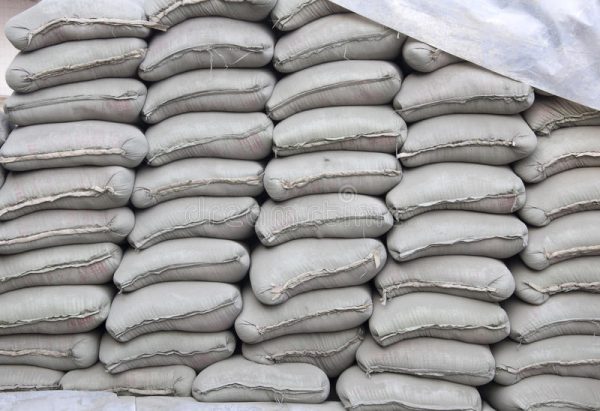CEMENT IMPORTS ARE A CONCRETE THREAT TO EMBATTLED SA INDUSTRY
The Concrete Institute has asked for higher tariffs on products from China and Vietnam because cost to customer is not the only measure that counts
Even top scriptwriters get it wrong, using cement and concrete as synonyms. Cement is easily confused with what we see around us in any city or freeway flyover. But that’s concrete. Cement is the magical substance that when mixed with the other components — crushed stone, sand and secondary materials — and water, sets and becomes that durable and versatile substance we see everywhere: concrete.
Regarding the components that comprise development in a nation — sustainable social and economic improvement — infrastructure acts in the same way as cement. It binds the components that lead to an improved society. Without infrastructure, development is inconceivable.
This is well understood by President Cyril Ramaphosa. During his recent state of the nation address the president reiterated the government’s commitment to infrastructure spend and said R250bn worth of projects have “entered implementation phase”. In addition to this, he said the private sector had committed to investing in 43 projects worth R840bn, creating 155,000 jobs over the next five years.
The Concrete Institute, representing SA’s major cement producers — including AfriSam, PPC, Lafarge, Sephaku and Natal Portland Cement — sees this as a positive step. But the sector faces a huge threat: imported cement undercutting the local industry.
The last time this happened with imports from Pakistan, the institute approached the International Trade Administration Commission (Itac), which duly applied the necessary import tariffs. However, Vietnam and China have stepped into the gap, leaving the institute with little alternative other than to approach Itac for a “safeguard action” to level the playing fields and ensure the sustainability of the national asset that is the SA cement sector.
The sector has a long and valued history in the building and development of modern SA. If the country is to make good on its commitment to development — including the support and recognition of the manufacturing industries — the success of Itac’s application is crucial.
The increase in imports of cement is affecting demand for locally produced cement to such an extent that SA manufacturers are considering mothballing plants, retrenching staff and putting expansion plans on hold.
Some argue that such duty increases will weaken and ultimately destroy local manufacturing because it makes them less competitive. Such data-driven arguments are, at best, disingenuous and, at worst, obvious scaremongering.
Survival stage
Cost to consumer alone is not a measure of a competitive industry. Our cement manufacturing processes are regulated, from environmental impact assessments to strict quality controls, and from labour and employment regulations to sustainability requirements — including the carbon tax that was implemented in June 2019. Such processes are not always required with products manufactured elsewhere.
SA’s cement manufacturing sector plays a crucial role in the economy’s development. The cement sector needs the government’s support at this critical survival stage in the construction sector.
These risks are real: job losses, withholding investment, deterioration of existing plant and eventually yet another broken manufacturing sector. Cheap imports are a stopgap, and an unnecessary one at that.
The cement, concrete, and affiliated industries employ thousands of South Africans whose jobs would be on the line if the government does not step in to protect local cement production.
Local manufacturers produce about 12.5-million tons of cement a year. They can produce an additional 5-million tons. When the infrastructure programme kicks in, the sector will need to grow along with the country if it is to keep pace with development. Major investors recognise this. The Public Investment Corporation (PIC), which invests the assets of the Government Employees Pension Fund, has a substantial stake in AfriSam and PPC.
This is not a call for protectionism but a sensible business strategy. The key to future growth lies in achieving greater efficiencies within the country’s relevant manufacturing sectors.
The cement industry needs to compete on a level playing field and not be scrambling to survive against underpriced imports. The sector needs space to grow, which the successful Itac submission would provide.
Dropping that bag of cheap, imported cement on our economy will hurt the local manufacturing sector, to the detriment of the country’s future development.https://www.businesslive.co.za/bd/opinion/2019-07-29-cement-imports-are-a-concrete-threat-to-embattled-sa-industry/






